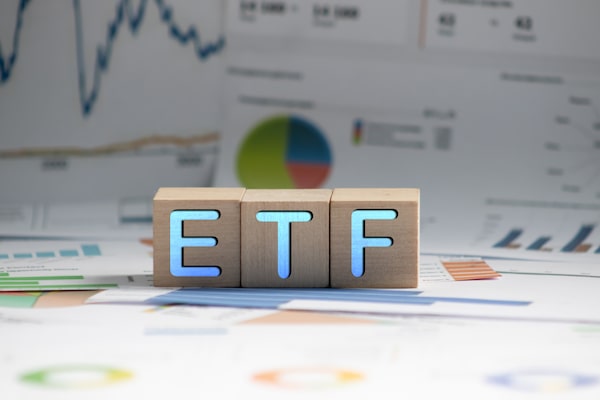
The ease of constructing portfolios out of ETFs, their low cost and superior tax efficiency vis-à-vis mutual funds all aided in the uptake, says an expert.Zolak/iStockPhoto / Getty Images
Investment advisors have eclipsed retail traders to become the largest owners of U.S. exchange-traded funds (ETFs), highlighting how financial professionals are using the vehicles increasingly to build portfolios for their clients.
Advisors now own almost two-fifths of U.S.-listed ETFs by value, according to research from Citigroup Inc. Five years ago, this figure stood at a little over 35 per cent, the bank’s data show, drawing on quarterly filings made by institutions to detail their U.S. equity holdings.
Wealth managers own 12.7 per cent, with other institutions, such as insurers and pension funds, holding a further 8.8 per cent.
Over the same timeframe, retail ownership of U.S.-listed ETFs has fallen to 38.9 per cent from 40 per cent, according to Citi data.
“The pandemic has accelerated institutional adoption of ETFs. Institutional holdings of U.S.-listed ETFs have outpaced broader asset growth over the past year, pushing retail ownership of ETFs under 40 per cent at the end of Q3,” says Scott Chronert, global head of ETF research at Citi.
The U.S. Federal Reserve Board’s decision to buy fixed-income ETFs to help stabilize the markets during last year’s pandemic-driven sell-off was likely to have provided a further tailwind, he says.
“The Federal Reserve incorporated ETFs as a policy tool. To us, this essentially gave the ETF wrapper a stamp of approval,” Mr. Chronert adds.
ETFs were largely a tool for professional traders when they first appeared in the 1990s, says Deborah Fuhr, founder of consultancy ETFGI LLP. Retail investors began to dominate from the early 2000s with the emergence of Invesco Ltd.’s Nasdaq 100-tracking QQQ fund and State Street Global Advisors’ SPDR sector vehicles, followed by the first gold ETF in 2004, she adds.
But institutional investors are now utilizing ETFs more regularly in building portfolios.
“The big trend continues to be the movement towards [ETFs by] managed accounts,” says Mr. Chronert, referring to the portfolios that broker-dealers such as Merrill Lynch and Morgan Stanley, financial advisors and registered investment advisors offer.
“This cohort of investors has become an increasingly important user of ETFs, as they build out model portfolios,” he says.
The ease of constructing portfolios out of ETFs, their low cost and superior tax efficiency vis-à-vis mutual funds all aided uptake by intermediaries, Mr. Chronert says.
“Advisors at the margin have been the primary force in driving adoption on behalf of the end client,” says Ben Johnson, director of global ETF research at Morningstar Inc., of the situation in the U.S.
He attributes the trend largely to “the evolution of the prevailing advisory regime, which is moving away from transaction-driven models and toward fee-based ones,” encouraging the take-up of low-cost ETFs that leave more room for advisor fees.
Mr. Chronert says institutional uptake was particularly notable for fixed-income ETFs.
Retail investors were overrepresented in multi-asset, commodity, currency, leveraged and inverse ETFs, though, as well as newer ETFs for which institutional investors may hold back until a fund has established a track record or grown to a decent size.
Despite the data, Ms. Fuhr is unconvinced that retail investors would remain a smaller slice of the U.S. pie, given the rapid growth in retail trading catalyzed by the COVID-19 pandemic.
“The number of retail investors has gone up significantly; 15 per cent of [stock market] investors were new investors, according to the Charles Schwab Corp. survey,” she says.
“Everything is growing. I’m not sure if it’s fair to say there is – absolutely or relatively – a shift [away from retail] in the U.S.”